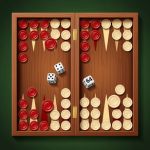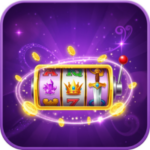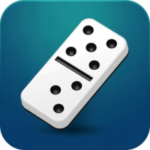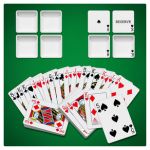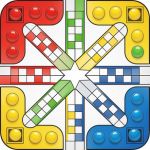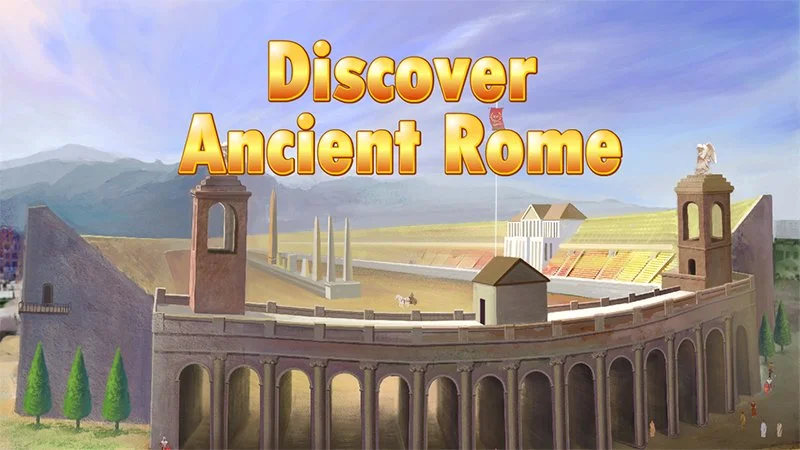Discover Ancient Rome

GAME INFO
"Discover Ancient Rome" is an immersive historical simulation and adventure game that transports players back to the height of the Roman Empire, specifically during the reign of Emperor Hadrian (117-138 CE). This educational yet entertaining game combines open-world exploration, character development, and historical accuracy to create a unique gaming experience that brings ancient Rome to vivid life.
Core Premise
In "Discover Ancient Rome," players assume the role of Marcus/Julia Flavius, a young Roman citizen from a middle-class family (plebeian) who has recently come of age. The game's primary objective is to rise through Roman society while experiencing and participating in various aspects of daily Roman life, from politics and commerce to entertainment and cultural events. Players can choose different career paths, including merchant, politician, soldier, or scholar, each offering unique storylines and challenges.
Gameplay Elements
World Design and Exploration
The game features a meticulously reconstructed version of ancient Rome, including:
The bustling streets of the capital city, with historically accurate architecture, from the grandeur of the Colosseum and Forum Romanum to the narrow alleys of the Subura district. Players can explore multiple locations across the Roman Empire, including Pompeii, Alexandria, and Londinium, each featuring distinct architectural styles and local customs. The game world changes dynamically based on time of day and historical events, with NPCs following realistic daily routines and seasonal festivals being celebrated according to the Roman calendar.
Character Development
Players begin by customizing their character's appearance using historically accurate options for hairstyles, clothing, and accessories. The game features a comprehensive skill development system where players can improve various abilities through practice and education, including:
Rhetoric and public speaking for political careers, combat training for military pursuits, business acumen for merchant storylines, and various craft skills for artisan paths. Social status is tracked through multiple metrics, including wealth, reputation, and influence, which affect how NPCs interact with the player and what opportunities become available.
Daily Life Simulation
The game deeply immerses players in Roman daily life through various activities and systems:
Players must maintain their character's health and status through proper nutrition, hygiene (visiting public baths), and social interactions. They can participate in various Roman entertainment forms, including gladiatorial games, chariot races, and theatrical performances. The game includes a detailed economic system where players can engage in trade, own businesses, and manage properties.
Historical Events and Missions
The main storyline interweaves historical events with personal narrative:
Players can participate in major historical events during Hadrian's reign, such as the construction of Hadrian's Wall or the suppression of the Bar Kokhba revolt. Side missions offer opportunities to interact with historical figures and influence minor historical events. The game includes educational "Discovery Moments" where players learn about specific aspects of Roman history, culture, and technology through interactive experiences.
Social Interaction and Politics
The game features a complex social interaction system:
Players can form alliances, make enemies, and navigate the intricate social hierarchies of Roman society. Political campaigns can be undertaken, with players needing to gather support from different social classes and interest groups. Marriage and family relationships play a crucial role, with players able to arrange advantageous marriages and manage their household.
Combat and Military Campaigns
For players choosing the military path:
Detailed combat training and progression system reflecting Roman military techniques. Participation in military campaigns, from border skirmishes to full-scale battles. Command opportunities allowing players to lead troops and make tactical decisions.
Educational Features
The game emphasizes historical accuracy while maintaining entertainment value:
An extensive in-game encyclopedia provides detailed information about Roman history, culture, and daily life. Archaeological evidence and historical sources are cited to support the game's representations. Optional educational quests teach players about Roman engineering, architecture, and technological achievements.
Technical Features
Visual and Audio Design
The game boasts cutting-edge graphics that bring ancient Rome to life:
Photorealistic rendering of historical buildings and artifacts based on archaeological evidence. Dynamic lighting system that accurately reflects Roman methods of illumination. Authentic sound design featuring period-appropriate music and ambient sounds.
Language and Communication
The game incorporates historical linguistics in an accessible way:
Players can learn basic Latin phrases through an optional language learning system. Different dialects and languages are represented in various regions of the empire. All dialogue is available in multiple modern languages with historically accurate translations.
Gameplay Modes
Single-Player Campaign
The main story mode follows the player's character's rise through Roman society:
Multiple branching storylines based on chosen career paths and decisions. Time-based events and consequences that affect the game world. Achievement system tracking historical discoveries and accomplishments.
Educational Mode
A specialized mode designed for educational use:
Structured lessons about various aspects of Roman history and culture. Interactive tutorials on Roman technologies and practices. Assessment tools for teachers to track student progress.
Multiplayer Features
Optional multiplayer elements enhance the gaming experience:
Cooperative missions where players can work together on historical projects. Competitive modes including gladiatorial combat and chariot racing. Online marketplace for trading goods and resources.
Special Features
Time Travel Mechanic
A unique feature allows players to:
Witness the same location at different points in Roman history. Compare archaeological ruins with their original appearance. Understand how Roman cities and technologies developed over time.
Archaeological Mode
Players can:
Participate in virtual archaeological digs. Reconstruct ancient artifacts and buildings. Learn about modern archaeological techniques and discoveries.
Impact and Educational Value
"Discover Ancient Rome" serves multiple purposes:
As an entertaining game that provides an immersive historical experience. As an educational tool that teaches about Roman history and culture. As a platform for understanding the influence of Roman civilization on modern society.
Conclusion
"Discover Ancient Rome" represents a unique blend of historical accuracy, engaging gameplay, and educational value. By combining detailed historical simulation with compelling narrative and various gameplay options, it offers players an unprecedented opportunity to experience life in ancient Rome. Whether used for entertainment or education, the game provides a deep understanding of Roman civilization while maintaining player engagement through varied activities and progression systems. The attention to historical detail, combined with modern gaming technology, creates an experience that is both informative and entertaining, making it an ideal tool for learning about one of history's most influential civilizations.

